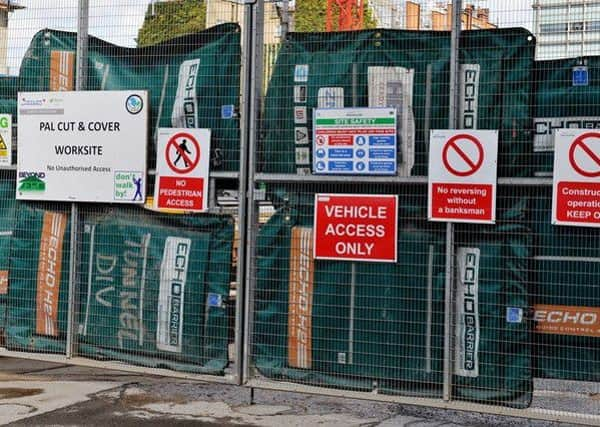Workplace accidents killed four in Northampton in last four years, figures show


Across the UK, more than 1,000 staff and members of the public have died in workplaces – though a Health and Safety Executive report says the UK rate is among the lowest in the EU.
HSE data shows that in the 2017-18 financial year, the most recent year recorded, one person died in a Northampton workplace: a 70-year-old man, employed in construction, who fell from height.
Advertisement
Hide AdAdvertisement
Hide AdThere were also three fatalities in workplaces in 2016-17: A 56-year-old man, employed in services, who was trapped by something collapsing; a 45-year-old man, employed in manufacturing, who was exposed to a harmful substance; and a 36-year-old man, employed in construction, who was struck by a moving vehicle.
Across the East Midlands, 70 workplace fatalities were recorded between 2014-15 and 2017-18 – the fourth-most per population of Britain’s 11 regions.
The number of fatalities in workplaces has reduced nationally since the 1980s, and the rate now sits at around a quarter of its average during that decade.
Across Britain, an average of 141 people have died annually in workplaces in recent years. At a rate of 0.51 deaths per 100,000 workers across the UK, the country is behind only Finland in the EU for workplace safety.
Advertisement
Hide AdAdvertisement
Hide AdThe most people were killed in the construction industry, in which an average of 39 workers die each year. Agriculture, which has 28 fatalities each year, and manufacturing, with 19, have the next-highest numbers of deaths.
But agriculture and waste management are the most dangerous industries, with an average of eight and seven workers per 100,000 respectively dying each year.
Across all jobs, people were most likely to be killed by falling from a height, or being struck by a vehicle.
In addition to workers, 100 members of the public died in work-connected accidents in 2017-18. Just over half of them were killed on railways, and a further 16 in the health and social work sector.